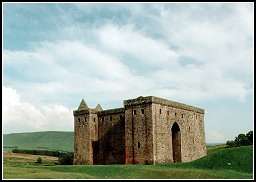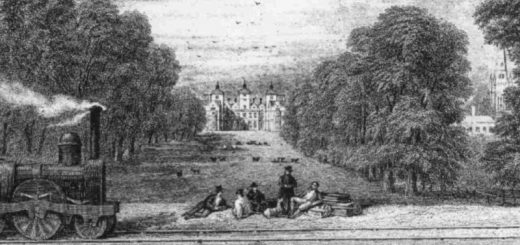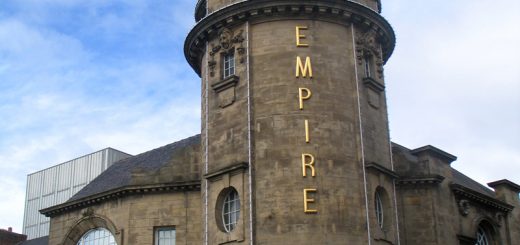William Ridgeway’s Experience (1814)
The following account of William Ridgeway’s (Born 1788 – Died 1864) strange experience was extracted from ‘The Haunted Homes and Family Traditions of Great Britain’ (1897) by John Ingram.
In August, 1864, the Spiritual Magazine, published an account stated to have been related to the Staffordshire Sentinel in the previous year, of an apparition that had appeared to Mr. William Ridgway, a well known pottery owner, of Hanley, Staffordshire. It is a curious circumstance that the manufacturer should have concealed the story from all his family and friends, and, after so many years of silence, have revealed it to an apparent stranger. The editor of the newspaper in question does not, and, of course, in the circumstances, cannot produce any corroborative evidence of Mr. Ridgway’s belief that he had seen the apparition of his deceased mother, nor does he state why the story was held back until three months after Mr. Ridgway’s death. However, it is not our present purpose to question the editor’s narrative but to cite it.
“For many years the family of the Ridgways,” remarks our authority, “have held a high and influential position in the commercial world. Their name will go down to posterity as promoters of the beautiful art which gives wealth and fame to the Staffordshire potteries. William was in partnership with his elder brother, John, and was esteemed for his manly courage, untiring energy, and great probity of character; no man doubted the word of William Ridgway; it is, therefore, of great value in the support of the belief in and reality of apparitions to have the testimony of such a man, and I am able to give a well-authenticated story from the columns of the Staffordshire Sentinel, where a memoir of this much-respected gentleman appeared, about the time of his death in April last. The story is thus related:
“The two brothers became partners with their father at the same time, when Mr. William was twenty-one years’ old, and on equal terms, and their own partnership continued many years after his death.
“Immediately after this event they had a dispute which of the two should have the paternal mansion. Mr. John maintained the right of the elder, Mr. William the claim of an increasing family. The controversy threatened to culminate in a quarrel, when, about ten o’clock on a light evening, William beheld the apparition of his deceased mother, near to the side of the entrance of the house.
“The appearance was perfect as life, and she addressed him audibly and distinctly, saying, ‘William, my dear, let your brother have the house, and God will make it right with you.’ The next morning he simply said to his brother. ‘John, you shall have the house.’ But he never divulged the reason why he said this, either to his brother, or his wife, or to any human being, until he related it to us in the month, of June.
“The superstitious may regard this statement in one aspect, and the philosophical in another, but all must admit that its truth is simply a question of credibility. No one would doubt Mr. Ridgway’s word, and few will believe that the eyes and ears of the then young man were deceived by an illusion. Happily, the friendship of the two brothers was uninterrupted, and it continued unbroken through life.”
I will try to add a few details to the above account. William Ridgeway entered into partnership with his brother John Ridgeway (Born 1785 – Died 1860) and their father Job Ridgeway (Born 1759) in 1808. This was based at Job’s factory in Cauldon Place which he had founded in 1802. By 1850 this was one of the largest factories in the area. Prior to founding the Cauldon Works, Job was in partnership with his brother George at the Bell Works.
Williams mother was Elizabeth Ridgeway (nee Mayer) and she died in 1809. Job married again in 1813, this time to a Miss Cadman. Job Ridgeway died 1814 which triggered the experience mentioned above.
‘A History of the County of Stafford: Volume 8 (1963)’states that ‘Cauldon Place, John Ridgway’s ‘elegant modern mansion’ attached to his pottery works, appears to have been altered beyond recognition.’ I assume that this is his father’s house that he received following William’s experience.
The brother’s partnership split in 1830 with John retaining the Cauldon Works with William taking their uncle George’s Bell Works. William retired in 1854 due to ill health.
Though he had no children, John married Sophia Bates in 1810 and in 1857 he became the first Mayor of Hanley.
I am unsure if the house is still standing or not.




Recent Comments